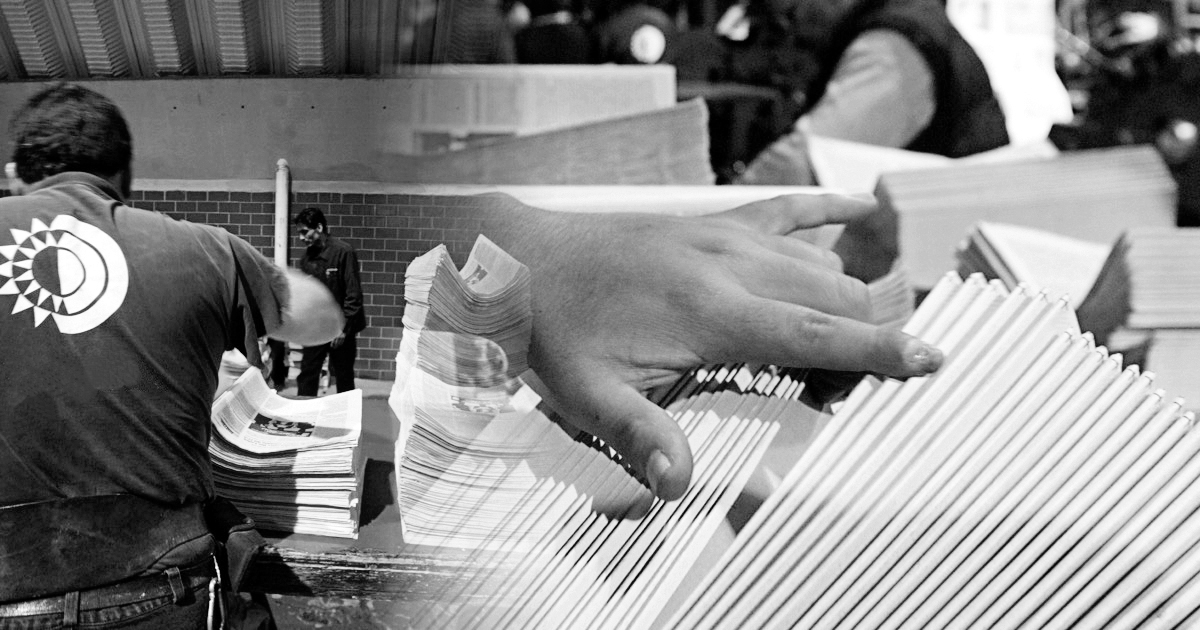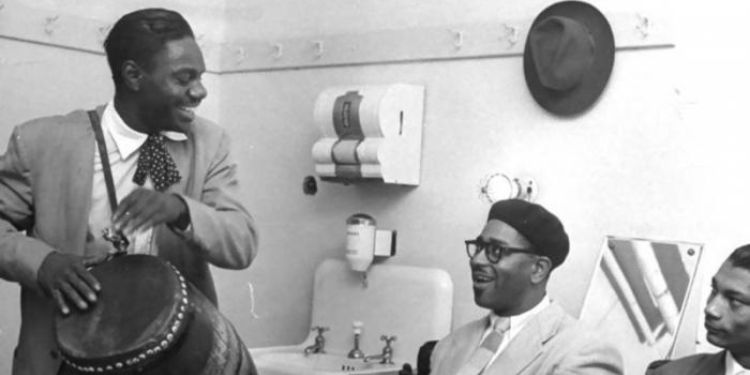L
to current The Mexican university originated on September 22, 1910, on the threshold of a violent armed conflict and from Justo Sierra’s severe criticism of the previous university, the Royal and Pontifical University, which had been closed 40 years earlier (1865) during another armed conflict, the French intervention. The then Minister Sierra, of Instruction and Fine Arts, lashed out, saying that the royal and pontifical had not had a single idea of its own, nor had it carried out a single transcendental act in the life of the Mexican intellect; she had done nothing but argue and argue in the presence of archbishops and viceroys for 300 years.
(Speech by the minister, UNAM: 54).
And he made a contrast: if the viceroyalty was based on the assumption of unquestionable truth (the truth is defined, teach it
); the new National University of Mexico started from the exploration: the truth is being defined, look for it
. The mission of that one was to impose the truth under the leadership of God and the king, this new one would be guided by a group in perpetual selection within the popular substance. With the ideal of democracy and freedom
. The university that drew, however, has serious difficulties. The ideal of democracy and freedom, already in the speech, suffered a setback because Minister Justo delivered it to President Porfirio: the university is yours
. In addition, although the university would be in charge of a selected group
it had an origin and a popular substance
which guaranteed that it would perceive the needs of (capitalist) development that would ensure the order and progress of the entire society.
So I promised that The (new) university would not be a person destined not to take its eyes off the telescope or microscope, even though a nation falls apart around it.
(Page 44), but he did not realize that in a few days a violent armed revolution would break out that would oust President Díaz and transform the country.
Lacking their own proposal and unable to treat the university as just another school, the new transforming leaders took up Justo Sierra’s proposal, although they were forced to introduce the autonomy (independence and parity government) that the students demanded.
This was granted partially in 1929 and full in 1933-1945. However, with Ávila Camacho, the pressure of some academics managed to revive the proposal of selected group
as institutional conductor (Governing Board) and cancel the parity in the University Council. The exclusion of students and other teachers thus generates a structural tension that from the 1950s manifests itself in conflicts to which the State responds with the intervention of the Army until reaching the extreme of 1968 and 1971.
The guerrilla movement led by students and teachers arose and then the CNTE (1979) and the Suntu (Single Union of University Workers, c. 1980) were created as a response to the authoritarianism of the government and of select groups in the universities. From the State, in turn, it responds by modifying the Constitution (section VII of the third) to strengthen -in the name of academics- even more the institutional leaders. Some examples: in the Unison Law 4, in the UAM the unilateral suppression of dozens of clauses of the bilateral pact and a reform to the Organic Law, through a regulation that reinforces internal power like never before. Thus, the rector general of the UAM, which by Organic Law only has seven powers, is increased to 27; to the rector of the Unit from four to 9 pm; to the general attorney from one to 19; to the general director of division, from zero to 17 and from zero to 15, heads of department. There are also increases for the nothing equal collegiate bodies.
The collective contract explains (Cl. 89) that it is not up to academics to modify study plans. It is teaching and not exploring because there are cases of study programs that last decades without changing. The creation, in addition to an enormous differentiation in income within the institution, further empowers groups of excellence: it creates academic strata and even different and conflicting labor regimes of poor workers and rich employees, and access to spaces of power becomes more restricted. Outside, the autonomous and public university no longer has the preponderant place in enrollment, it is a kingdom that no longer speaks to the country or to young people, and even its work nature can be modified at its discretion (Section A or B). Its vulnerability is aggravated because the structure makes it difficult for the leadership to capture the true dimension of institutional stress and makes it difficult for the institution to learn and change from conflicts, however traumatic and instructive they may be (UNAM: 1999; UAM: 2019). . Not breaking with the positivist past of the Porfiriato also means going back and getting closer to the kingdom and the sect. Go out.
* UAM-Xochimilco








